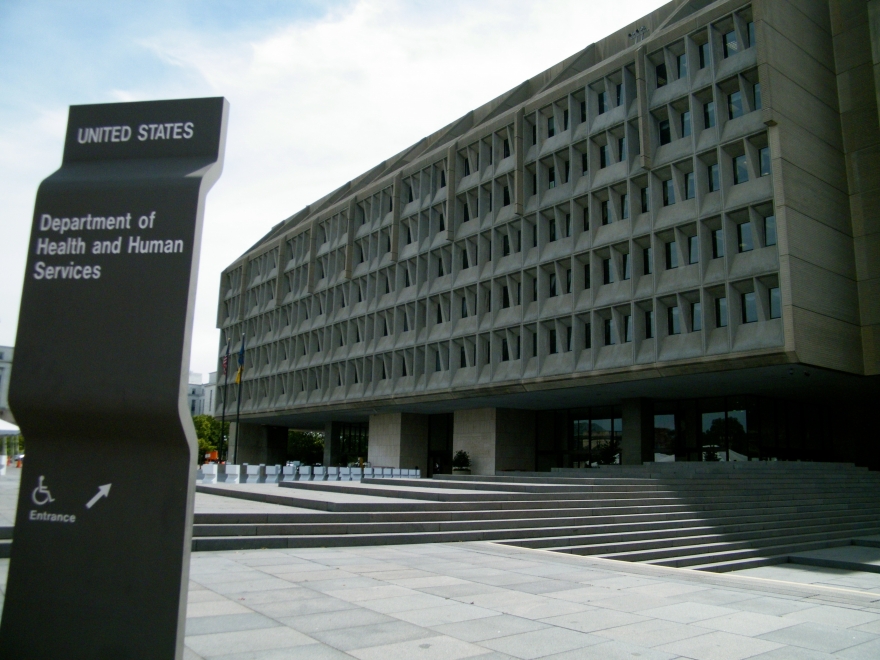Connections - 08.31.22
5 Things to Know About the Historic Plan to Measure HCBS Quality

Share this page
Stay Informed on the Latest Research & Analysis from ANCOR
More News
Capitol Correspondence - 04.01.25
HHS Announces Sweeping Reorganization, Impacting Key Health Agencies and Services for People with Disabilities

Capitol Correspondence - 04.01.25

